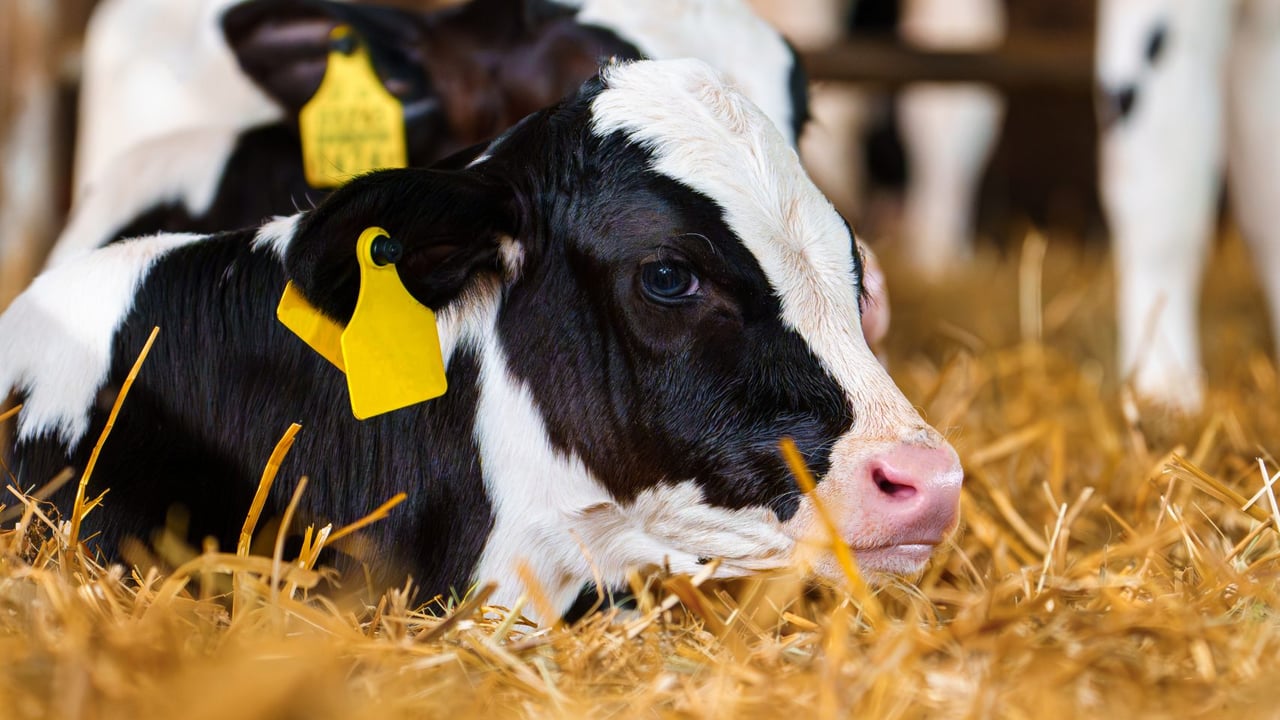Reduced threshold for BVD herd restrictions to take effect from December in NI
Herd keepers in Northern Ireland are being advised that from December 1, the threshold for applying bovine viral diarrhoea (BVD) herd restrictions will reduce.
Minister of Agriculture, Environment and Rural Affairs, Andrew Muir has announced the reduction to 10 untested animals (BVDUs) over 30 days old within a herd.
This change is part of the phased implementation of BVD control measures, which came into force on February 1, and aims to help eliminate this serious and highly contagious disease from NI’s cattle population.
Minister Muir said: “I am very pleased that most farmers appreciate the impact this disease has on productivity and profitability and continue to act promptly to ensure their animals are tested for BVD on time.
"Through their concerted efforts, the number of untested animals in NI has reduced by 42% since this time last year.
"However, despite this reduction, there are still almost 9,000 BVDU status animals over 30 days old within NI cattle herds, some of which may be infected with the virus, therefore posing a risk to their herd and to other herds.”
New threshold
Under the new threshold, herds with 10 or more BVDU status animals over 30 days old will be subject to herd level movement restrictions.
These restrictions prohibit all moves into the herd and all moves out, except to direct slaughter or for disposal.
Herds which have been associated by the Department of Agriculture, Environment and Rural Affairs due to common disease risks will also be restricted.
Concerning
Minister Muir added: “Without further sustained efforts by herd keepers, about 180 additional herds, along with any associated herds, could be subject to restriction in December because they now meet the new lower threshold for herd restrictions.
"This is very concerning given that no herd needs to be restricted because of untested animals, if herd keepers comply with existing legal requirements and ensure all their animals are promptly tested for BVD.
"I therefore urge all farmers to act now to avoid unnecessary disruption by tissue testing their newborn calves promptly and by testing any older BVDU status cattle in their herd, either by using a supplementary ear tag or through blood sampling carried out by their own vet.
"Only through the support of all livestock keepers will we be able to move closer to eradicating BVD from NI.”
Risk
The BVD control measures had been developed through engagement with Animal Health and Welfare NI (AHWNI), the delivery partner for the BVD eradication scheme and convenor of the BVD Implementation Group.
Dr. Sam Strain, chief executive of AHWNI, said: “Farmers in NI have achieved substantial progress in controlling BVD.
"However, to achieve the industry goal of BVD eradication, infection, wherever it might be, needs to be identified.
"It is very likely that some untested animals are infected and posing an infectious risk to other cattle.
"These new measures will further help to identify where infection is and allow farmers to act quickly to protect their herd and those of their neighbours.”





